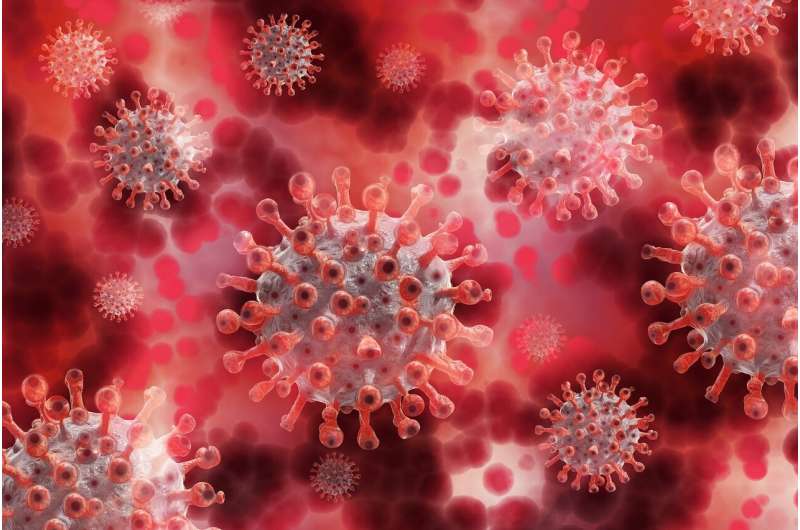Living guidelines for care of kids and teens with COVID-19

Living guidelines for the clinical care of children and adolescents with COVID-19 have been developed with 20 recommendations including the use of corticosteroids as first-line treatment for those who require oxygen. A summary of the guidelines is published today by the Medical Journal of Australia.
Researchers from the National COVID-19 Clinical Evidence Taskforce, including panel methods lead Dr. David Fraile-Navarro from Cochrane Australia at Monash University and the Centre for Health Informatics at Macquarie University, formed a Pediatric and Adolescent Care (PAC) Panel incorporating expert pediatric health practitioners from across Australia. The guidelines which will be updated in real time to give "reliable, up-to-date advice to Australian clinicians providing pediatric care."
"Traditionally, children have been excluded from clinical trials and this has remained the case for many COVID-19 therapies," Fraile-Navarro and colleagues wrote.
"In many cases, the Taskforce needed to rely on trial data from adults to formulate recommendations for children, with the well-known limitations and risks of extrapolation this brings. The need to consider certain pediatric subpopulations separately, such as neonates and adolescents, amplified this problem."
The changes in management as a result of the development of the guidelines include:
- corticosteroids as first-line treatment for acute COVID-19 in children and adolescents who require oxygen;
- tocilizumab could be considered, and remdesivir should not be administered routinely in this population;
- non-invasive ventilation or high flow nasal cannulae should be considered in children and adolescents with hypoxaemia or respiratory distress unresponsive to low flow oxygen if appropriate infection control measures can be used;
- children and adolescents with pediatric multisystem inflammatory syndrome (PIMS-TS) should be managed by a multidisciplinary team; and,
- intravenous immunoglobulin and corticosteroids, with concomitant aspirin and thromboprophylaxis, should be considered for the treatment of PIMS-TS.
"Although it is not the primary objective of the Taskforce, concerns were raised by the PAC Panel regarding the impact that COVID-19 measures could have on wellbeing and psychosocial and developmental factors in children and adolescents, such as closures of schools and childcare services," the authors concluded.
"The potential impact of emerging aspects of the COVID-19 pandemic, such as "long COVID-19" and SARS-CoV-2-specific vaccinations, also need to be considered in children and adolescents.
"Development and psychosocial wellbeing of children affected by COVID-19 should be included as outcome measures in future research."
More information: David Fraile Navarro et al, Clinical care of children and adolescents with COVID‐19: recommendations from the National COVID‐19 Clinical Evidence Taskforce, Medical Journal of Australia (2021). DOI: 10.5694/mja2.51305


















